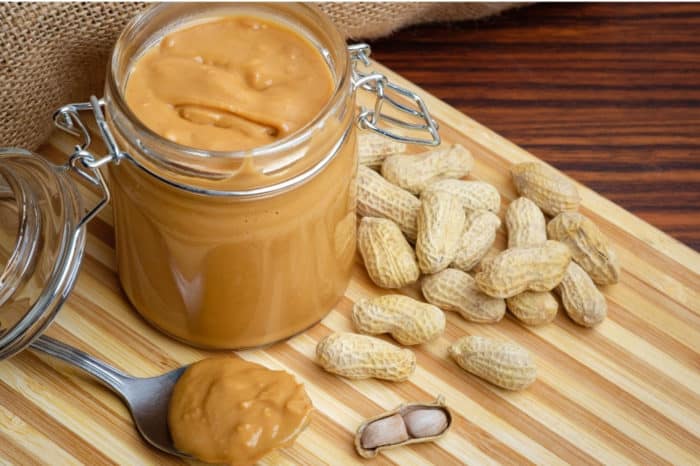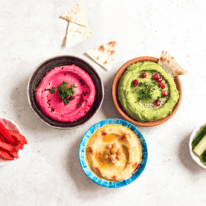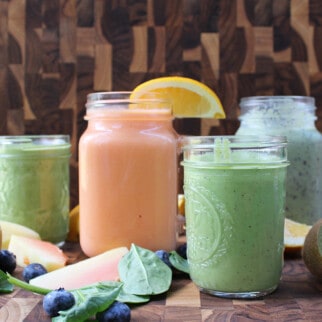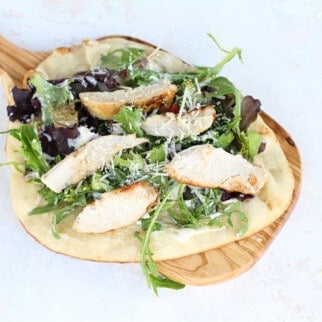Choosing the Right PB&J

The peanut butter and jelly sandwich is a classic favorite of kids of all ages. It can sometimes get a bad rap for being unhealthy, but this popular sandwich can easily become healthy by paying attention to 3 key things:
Types of Peanut Butter
Peanut butter comes in many different varieties. There is smooth, chunky, salted, no-added salt and natural. Ingredients may be added during the manufacturing process such as sugar, hydrogenated oils and salt, based on the label and brand. These additives can assist in the stabilization of the product, prevent oil from separating and add flavor. Avoid peanut butter with hydrogenated oils in the ingredients and any additional added sugar or high fructose corn syrup. Choose “Natural” peanut butter for the best ingredients and nutrition. One to two tablespoons of peanut butter is an average serving. For a lighter sandwich, one tablespoon is recommended. For a higher calorie sandwich (someone who is lives an active lifestyle) two tablespoons would be recommended.
Types of Jelly
The best jelly to choose is one that comes from 100% fruit and is measured out at one tablespoon. Anymore than that and it would be too much sugar. A tablespoon of the average regular jelly contains about 80 calories and 12g of sugar. Fresh fruit, like sliced strawberries, bananas or grapes, also makes a great substitution for jelly! We also love this Easy Homemade Strawberry Chia Jam.
Types of Bread
To find the best bread, look for ones in which the first ingredient on the label reads “100% whole-grain flour.” Look for bread that has a minimum of 4 grams of fiber per slice. Get creative with your PB&J! Buy whole-grain wraps and make a PB&J wrap. Spread it on whole-grain crackers or a sprouted bagel. The possibilities are endless when it comes to this classic sandwich!











